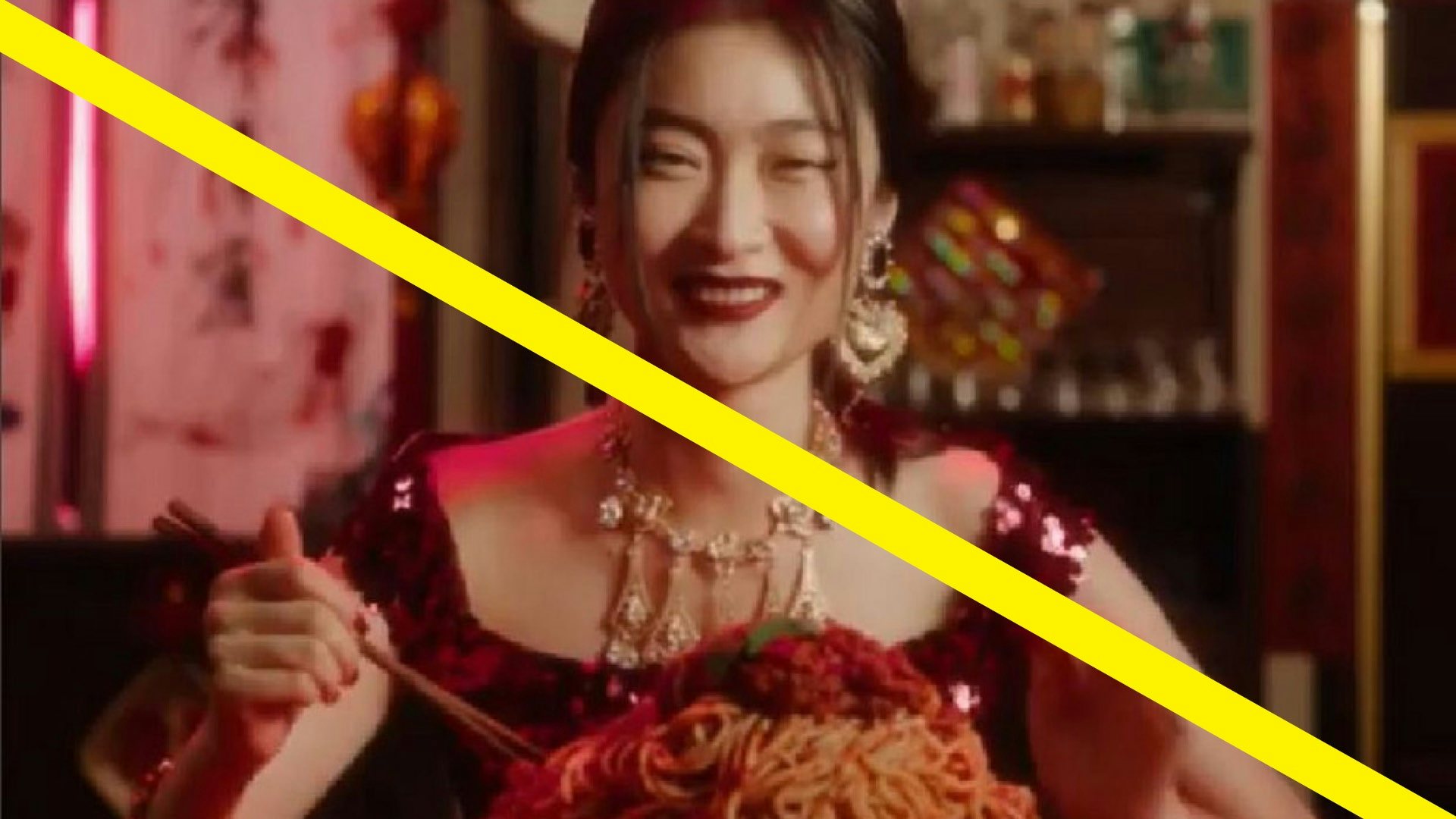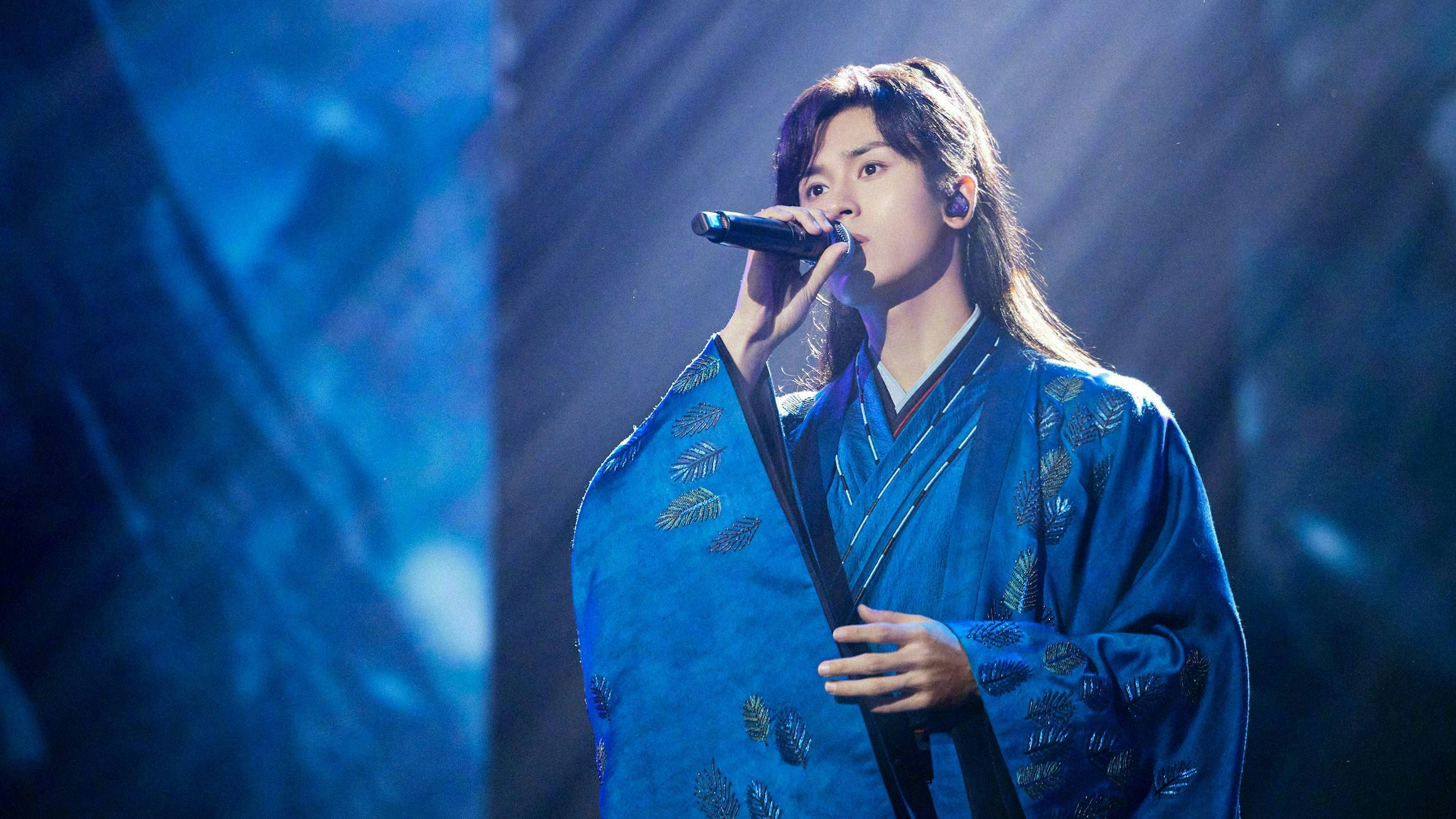Missteps in China just keep happening. A roll call of recent offenders — Hamp;M, Burberry, Nike, adidas, Dior, Billie Eilish, Puma, Versace, Coach, Gucci, Givenchy, Balenciaga, Swarovski, Audemars Piguet, Uniqlo, North Face, Valentino, Calvin Klein, Zara, the NBA, the actor John Cena, and, of course, the poster child of doing wrong in the mainland, Dolce and Gabbana — reveals the scope of the problem. This ever-growing list of mainly Western luxury brands has managed to do something or say something that has angered — or even outraged — at least some of China’s 1.4 billion consumers or, worse, the government in Beijing.
And China, which is the world’s largest luxury market, is certainly not the place where you want to screw up. In fact, it’s hard enough to navigate this notoriously tricky business environment when things are going your way. When they’re not, it’s a nightmare. The possible loss of long-term brand equity and future revenue earnings can be a brand killer. Given this, what’s a Western luxury brand to do?
Clearly, the best solution for any crisis is to prevent it from happening in the first place. Don’t do anything that would upset anyone. Seems simple enough. But in today’s world of blurred lines, cultural slights (perceived or real), and China’s ever-increasing nationalist rhetoric and geopolitical interests, this is becoming difficult to navigate. And then there’s the internet. Because when someone has — at their fingertips — the power to derail a brand by posting their displeasure online, everyone needs to tread lightly.
And lately, this has been especially true for global luxury fashion brands. This isn’t to say that the raft of brands on the naughty list haven’t done anything to ruffle some feathers, but fashion, as an industry, has been historically known for pushing buttons with provocative marketing campaigns and collections, and also drawing on other cultures for inspiration.
“Fashion needs to push boundaries,” said Carine Roitfeld, the former editor in chief of French Vogue. “It’s a very delicate moment. People accept some things — you can change your body, you can change your sex, you can even show your breasts on the cover of a magazine. But they don’t accept others. You never know when you’re making an error.” And nowhere has this become more of an issue than in China.
“Each crisis has its very own dynamic, yet a worrying common factor is that stakeholders — customers, shareholders, and media amongst others — are willing to generously ‘punish’ the company for what is widely deemed as irresponsible behavior,” says Glyn Atwal, associate professor, Burgundy School of Business. “The overall objective for luxury brands is to restore stakeholder relationships. The key word here is ‘trust.’ And trust needs to be regained as a matter of urgency, as the longer a crisis drags on, the greater the costs.”
Maybe. In the past, it was thought that a well-crafted corporate apology would do the trick, though an apology deemed half-hearted (Damp;G’s insensitive backpedaling) or one that begs for forgiveness (John Cena’s painful pandering over his Taiwan faux pas) will likely only cause more harm. But today, as mishaps evolve into the realm of China’s geopolitical tensions, then what? What happens when the crisis itself is something that a brand isn’t prepared to apologize for?
Take the Xinjiang cotton situation. When a host of global brands — Hamp;M, Nike, Burberry, and adidas, among others — expressed concerns over the alleged use of forced Uyghur labor in cotton production, the Chinese government, along with its nationalistic consumers and media channels, hit back hard. To combat this, Hamp;M issued a boilerplate statement regarding human rights violations, holding steadfast to its global brand values, while others — Nike and adidas — simply lay low, but not one apology was offered.
The outcome was telling, if uneven, with Hamp;M taking the brunt of the backlash, though all brands suffered somewhat. Despite this, Hamp;M, Burberry, Nike, and adidas all posted better-than-expected second-quarter worldwide results, even though their China sales lagged. And since then, the majority of implicated brands have begun to enjoy a slow but steadily recovery in China. So what gives?
To begin with, China is just one market. True, it’s a huge market, but today the world outside the mainland is still a lucrative landscape — even as COVID-19 rages on — filled with consumers that still matter and have their own values, which increasingly may not jibe with China’s geopolitical interests. Global brands understand this. But they also understand the importance of China’s complex luxury market, its hundreds millions of consumers, and the ever-changing sensibilities — both political and social — of China’s vast online culture.
The last thing global brands want to do is alienate their Chinese customers or the government. They’re there to make money and are acutely aware of the cost if they get it wrong. It’s about risk management and how much a crisis might potentially cost them. That’s all. They know that another Xinjiang-type crisis will pop up — one where nothing can be done to make things right, so why bother. It’s a lose-lose situation. Most likely, what’s best for the brand — the secret to surviving a PR nightmare in China today — is simply to do nothing.
Mishaps are going to keep on happening in China, but it doesn’t matter. That’s where the money is, so these global brands aren’t leaving and everyone knows it. Hamp;M still has some 260 stores there, and Damp;G is even opening a new flagship store in Shanghai later this year, adding to the number of boutiques it already has. So where does this leave us?
I would suggest at the beginning of a new phase, where the issuing of endless apologies — sincere or not (again, John Cena) — is no longer necessary. Where well-timed donations in an attempt to buy back consumer favor are, at best, a case-by-case situation (Hamp;M and Burberry’s recent flood-relief contributions were welcomed but still got slammed by Chinese netizens). Instead, simply say nothing, take your medicine, and trust your local team to let you know when the storm has passed and when it’s okay to start reinvesting, hiring back, and moving forward. And, if nothing else, at least know where Taiwan is and who it belongs to. China. Always China.


